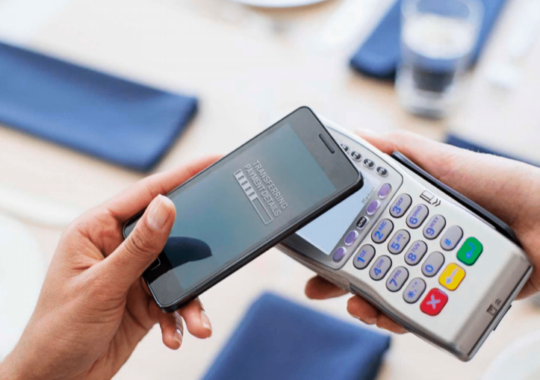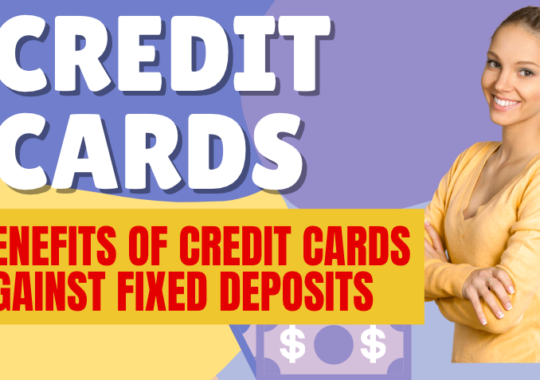Credit cards offer various features and benefits, one of the most valuable being the interest-free period. This period allows cardholders to make purchases without incurring interest charges, provided the balance is paid in full by the due date. Understanding how the interest-free period is calculated can help you make the most of your credit card and avoid unnecessary interest costs.

What is the Interest-Free Period?
The interest-free period, often referred to as the grace period, is a timeframe during which you can make purchases without being charged interest, as long as the balance is paid in full by the statement due date. This period typically ranges from 21 to 55 days, depending on the credit card issuer and specific card terms.
Calculation of the Interest-Free Period
To understand how the interest-free period is calculated, it’s essential to break it down into its components:
- Billing Cycle: This is usually a 30-day period during which all transactions are recorded. For example, if your billing cycle starts on the 1st of the month and ends on the 30th, all purchases made within this timeframe will be included in that month’s statement.
- Statement Date: At the end of the billing cycle, your credit card issuer generates a statement summarizing all transactions, the total balance due, and the payment due date. If your billing cycle ends on the 30th, the statement date is typically that day.
- Payment Due Date: The payment due date is usually 20 to 25 days after the statement date. This is the deadline to pay your balance in full to avoid interest charges. For example, if your statement date is the 30th, your payment due date might be the 20th of the following month.
- Interest-Free Period Calculation: The interest-free period includes the days from the purchase date to the end of the billing cycle, plus the days from the end of the billing cycle to the payment due date. For instance, if you make a purchase on the 1st of the month and your statement date is the 30th, you have 29 days in the billing cycle. If your payment due date is the 20th of the following month, you have an additional 20 days, totaling a 49-day interest-free period for that purchase.
Key Points to Remember
To effectively manage your credit card and avoid interest charges, it’s crucial to understand the following aspects:
- Paying in Full: To benefit from the interest-free period, you must pay your statement balance in full by the due date. Carrying any part of the balance forward will result in interest charges on the outstanding amount.
- New Purchases: If you carry a balance from previous months, new purchases may not have the full interest-free period and interest will accrue from the date of purchase.
- Cash Advances and Balance Transfers: The interest-free period generally does not apply to cash advances and balance transfers, which often incur interest from the day the transaction is made.
- Timing of Purchases: Making purchases early in the billing cycle can maximize your interest-free days, while purchases made toward the end of the billing cycle will have a shorter interest-free period.
Practical Example
To better understand the calculation of the interest-free period, let’s consider a practical example:
- Billing Cycle: June 1st – June 30th
- Statement Date: June 30th
- Payment Due Date: July 20th
Scenario 1: Purchase made on June 1st
- Interest-Free Period: June 1st to July 20th
- Total Days: 50 days (30 days in June + 20 days in July)
Scenario 2: Purchase made on June 25th
- Interest-Free Period: June 25th to July 20th
- Total Days: 25 days (5 days in June + 20 days in July)
In these scenarios, the timing of your purchase significantly affects the length of the interest-free period.
Tips to Maximize the Interest-Free Period
Maximizing the interest-free period can save you money and help you manage your finances more effectively. Here are some tips:
- Track Your Billing Cycle: Be aware of the start and end dates of your billing cycle to plan your purchases and payments effectively.
- Automate Payments: Set up automatic payments to ensure you always pay the full statement balance by the due date.
- Avoid Carrying Balances: Aim to pay off your balance in full each month to continue benefiting from the interest-free period.
- Understand Your Card’s Terms: Different cards may have varying policies regarding the interest-free period. Review your card’s terms and conditions to be fully informed.
- Strategic Purchases: Make larger purchases early in your billing cycle to take full advantage of the interest-free period.
- Monitor Statements: Regularly review your credit card statements to ensure all transactions are accurate and to keep track of your spending.
- Avoid Cash Advances: Cash advances usually incur interest from the day they are made and often come with higher interest rates and additional fees.
Conclusion
Understanding how the interest-free period on your credit card is calculated is essential for managing your finances effectively. By knowing the details of your billing cycle, statement date, and payment due date, you can make informed decisions about your purchases and payments. Always aim to pay your balance in full by the due date to avoid interest charges and take full advantage of the interest-free period.
Strategic use of the interest-free period can help you manage cash flow, make larger purchases without immediate financial burden, and avoid costly interest charges. By following the tips provided, you can maximize the benefits of your credit card’s interest-free period and maintain better control over your financial health.
READ MORE:
Balancing Act: How Many Credit Cards Should You Really Have?
Do you know these strategies to improve your credit score?
How Credit Card Usage Impacts Your Credit Score and Other Financial Aspects
Princy Agarwal, a postgraduate in English from Delhi University, writes content for Tricky Finance, where they simplify complex financial topics for readers. With a knack for clear communication, Princy’s work helps make finance understandable and accessible to all.



